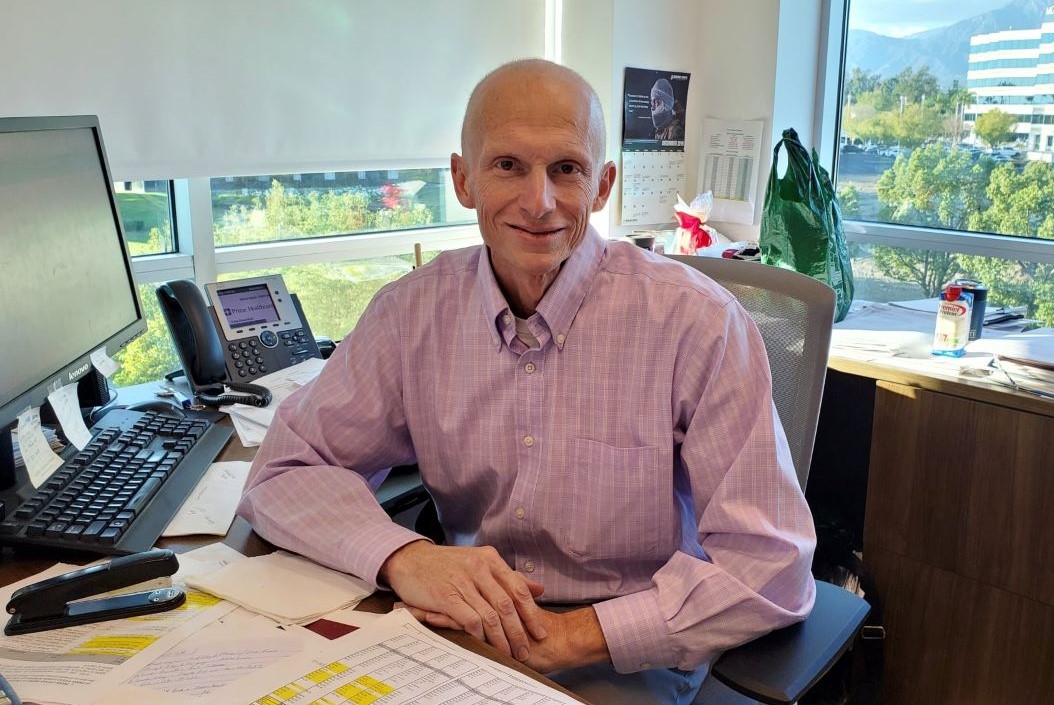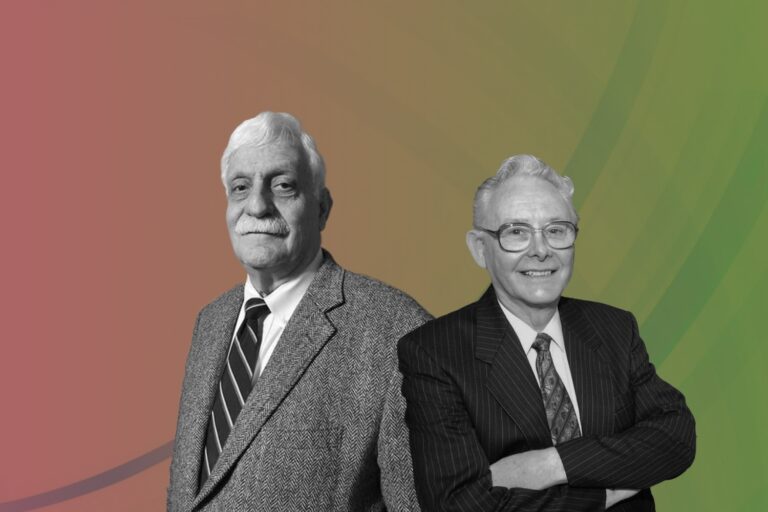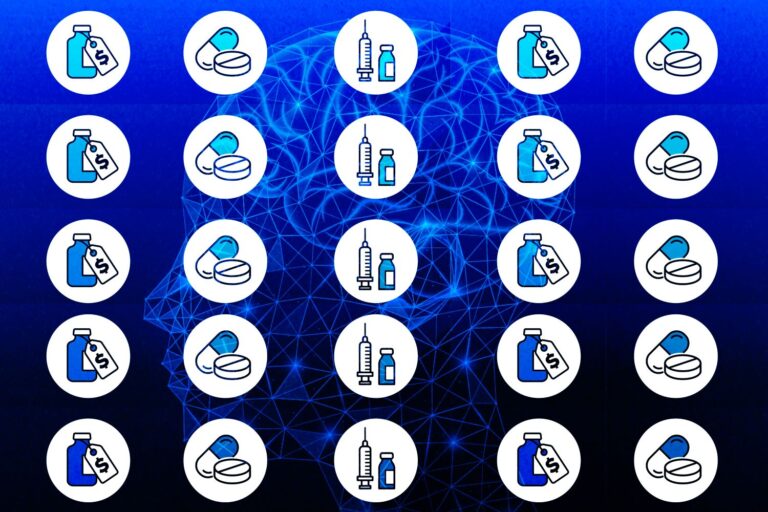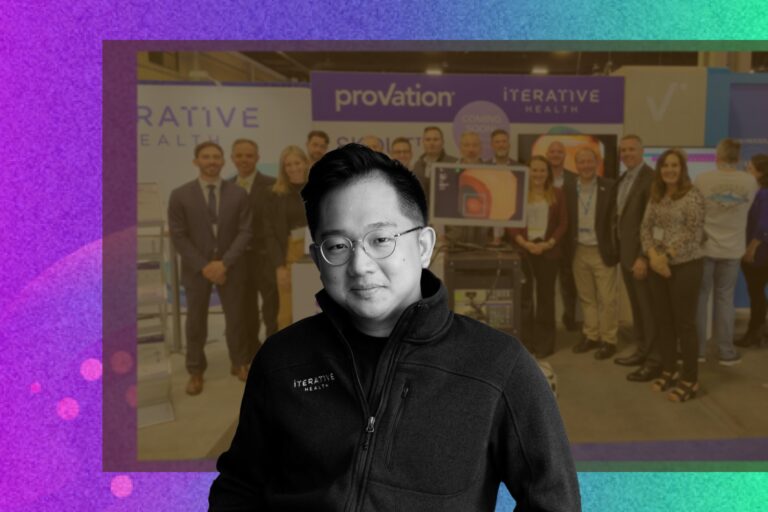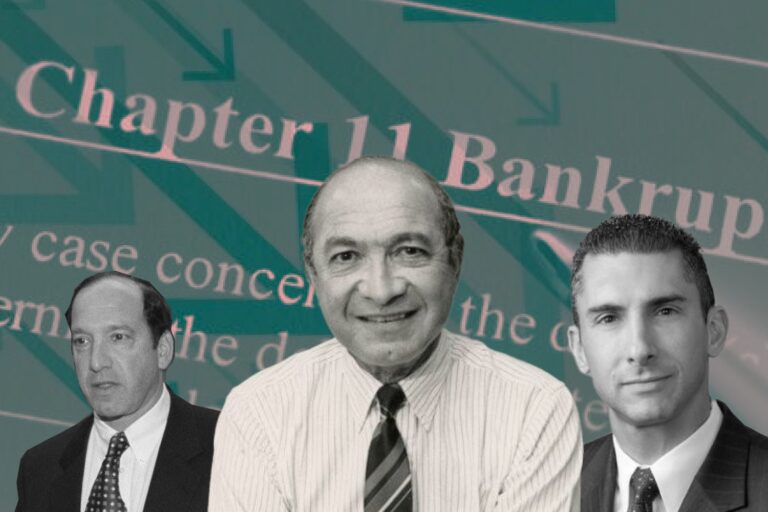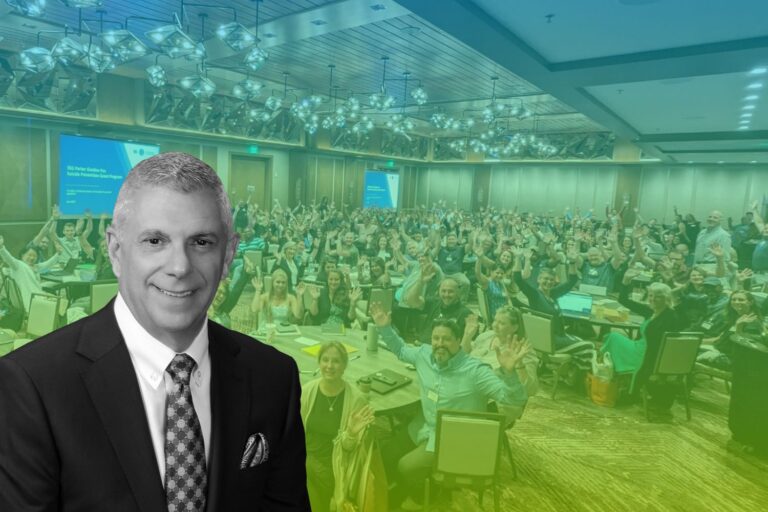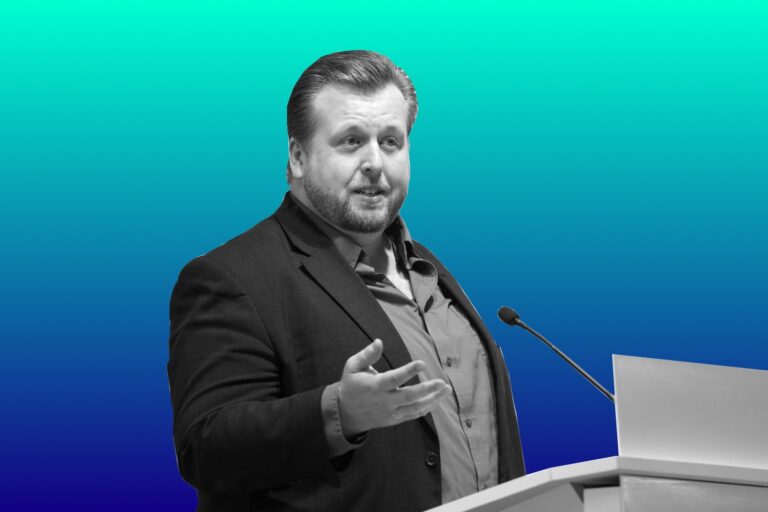Prime Healthcare: From a Humble Beginning to the Fastest Growing Hospital System
Dr.Prem Reddy founded Prime Healthcare in 2001 and has led the health system to become one of the fastest-growing health systems. As a physician, entrepreneur, and philanthropist, he has been working to not only save failing hospitals but to give back directly to the community, gifting hundreds of millions of dollars locally and globally to various charities supporting health education, college scholarships, public healthcare education, and free community clinics.
Prime Healthcare believes that exceptional healthcare should be a part of every community and has a proud history of transforming financially distressed hospitals into thriving community assets. One of its values is “physician-led” and the business model includes Chief Medical Officers in each of its hospitals so that medicine is directed by those who practice it.
Reddy is a visionary and generous leader. Under his leadership, Prime Healthcare is now the fifth largest for-profit healthcare system in the country with 42 hospitals in 14 states and more than 42,000 employees. It serves over 600 communities, employs 35,000 staff, and provides 2.6 million patient visits annually. Based in Ontario, California, Prime Healthcare has been consistently recognized for preserving access to high-quality care in communities nationwide since its founding.
Now it’s time to look at its story and find out some valuable success lessons.
What Kindled the Initial Entrepreneurial Spirit
Growing up in Southern India in a rural village with a population of 2,000, Reddy didn’t actually experience electricity until he went to college. And yet, from a very early age, he decided that you wanted to be a cardiologist. “I come from a family that has been involved in farming for generations. Even though we weren’t materially rich, we were a very proud family. My great-great-grandfathers were the heads of the village,” he said.
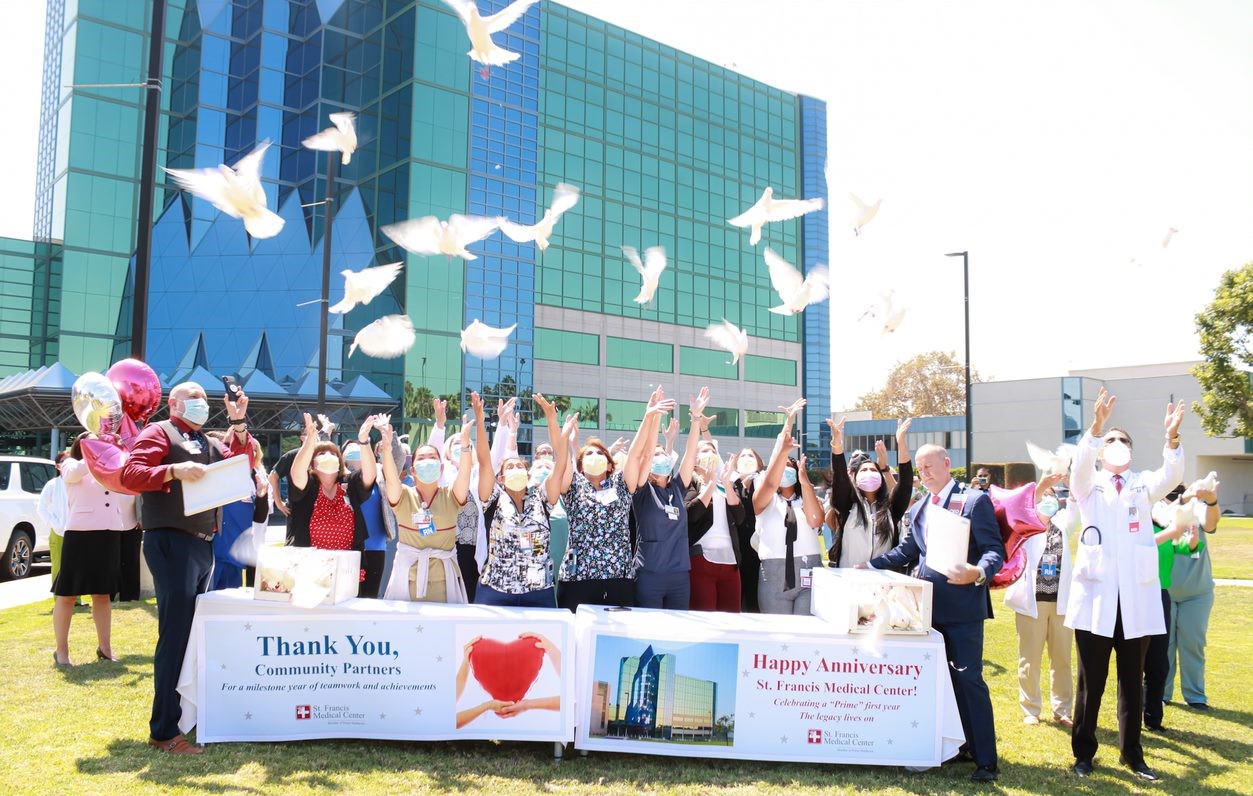
Reddy grew up imagining he would be a doctor. He felt good that he provided patients with care and the gratification from providing care continued throughout his medical career. According to him, it’s the greatest reward a physician can receive. As he shared, “Even though I became a cardiologist, I always practiced clinical medicine in its entirety. I didn’t look at the isolated cardiac illness, I looked at the whole body, and the whole family, and the whole social structure of each patient.”
He came to the United States to go to school and pursue medicine. He later became a cardiology director at St. Mary’s Hospital in California. As his reputation there grew, his patient volume grew, and so he needed to recruit other doctors. One by one, the practice grew into a very big group. By 1988, they had about 50 physicians, practicing in multiple specialties. They took risk contracts and they did really well.
“In the ’90s, managed care had overwhelmed California. Inpatient beds were decreasing. I came up with the idea of building a hospital simply out of need. Our group had so many patients who needed to be admitted and there was nowhere for them to go,” he said. “I tried to get financing, but nobody believed the model would work. By the time I realized there was no funding, I had spent all my life savings, to be exact, $7 million.”
According to Reddy, leadership is in his DNA. His family members were leaders and he inherited a sense of responsibility. “If it’s not in your DNA, you have to acquire it. If you believe you are climbing up the stairs steadily, you are mistaken. The platform you reach is going to be very short. To reach a higher platform, you need to fall, stall, then go back again and again and again. You reach higher, better heights, that way. Nothing can stop passion. It’s in you. Nobody can take it away,” he gave his best advice.
Take Bets on Acquiring Distressed Hospitals

The seeds of Prime Healthcare’s success were first sown in the High Desert region of Southern California where Reddy began practicing medicine in the 1980s. It was there Reddy built Prime Healthcare’s flagship facility, Desert Valley Hospital, to serve the community. It was sold to another corporation for a few years, and immediately began faltering. In 2001, he formed Prime Healthcare Services to re-purchase the hospital, rescuing it from bankruptcy and setting the standard for quality healthcare.
From the lessons learned during the transformation of Desert Valley Hospital, Prime Healthcare’s model was established and now leads to the rescue and transformation of financially struggling community hospitals across the country. Growth continued throughout the early 2000s, and in recent years has increased pace as the shifting healthcare landscape endangered more and more small community hospitals, threatening to close them without financial support.
“My experience with Desert Valley, the hospital I built, gave me a level of confidence that I could turn around a failing hospital,” Reddy said. “At the time, I was very disappointed with myself. This was my only experience building a hospital from the ground up, and I felt that I had failed. In December 2000, the doctors at Desert Valley called to ask me to come back. I pooled all my money and borrowed money and bought it back.”
Later, a group of doctors bought a hospital when it was in distress, and then it failed and went into bankruptcy. They asked him to purchase the hospital through bankruptcy and turn it around. And then a third hospital in bankruptcy came to him. That’s how he became a turnaround expert of hospitals. He felt my business model of buying financially struggling hospitals and turning them into community assets is really charitable work and he began donating the hospitals to the foundation.
Every hospital acquired in financial distress has been transformed and are now vital community assets. Reddy’s experienced turnaround team has a record of success in finding operational efficiencies and minimizing bureaucracy to create an efficient healthcare delivery model. The system’s decentralized structure allows local leadership to make the right choices for their community, while benefiting from corporate guidance and support.
Be a Tough Negotiator
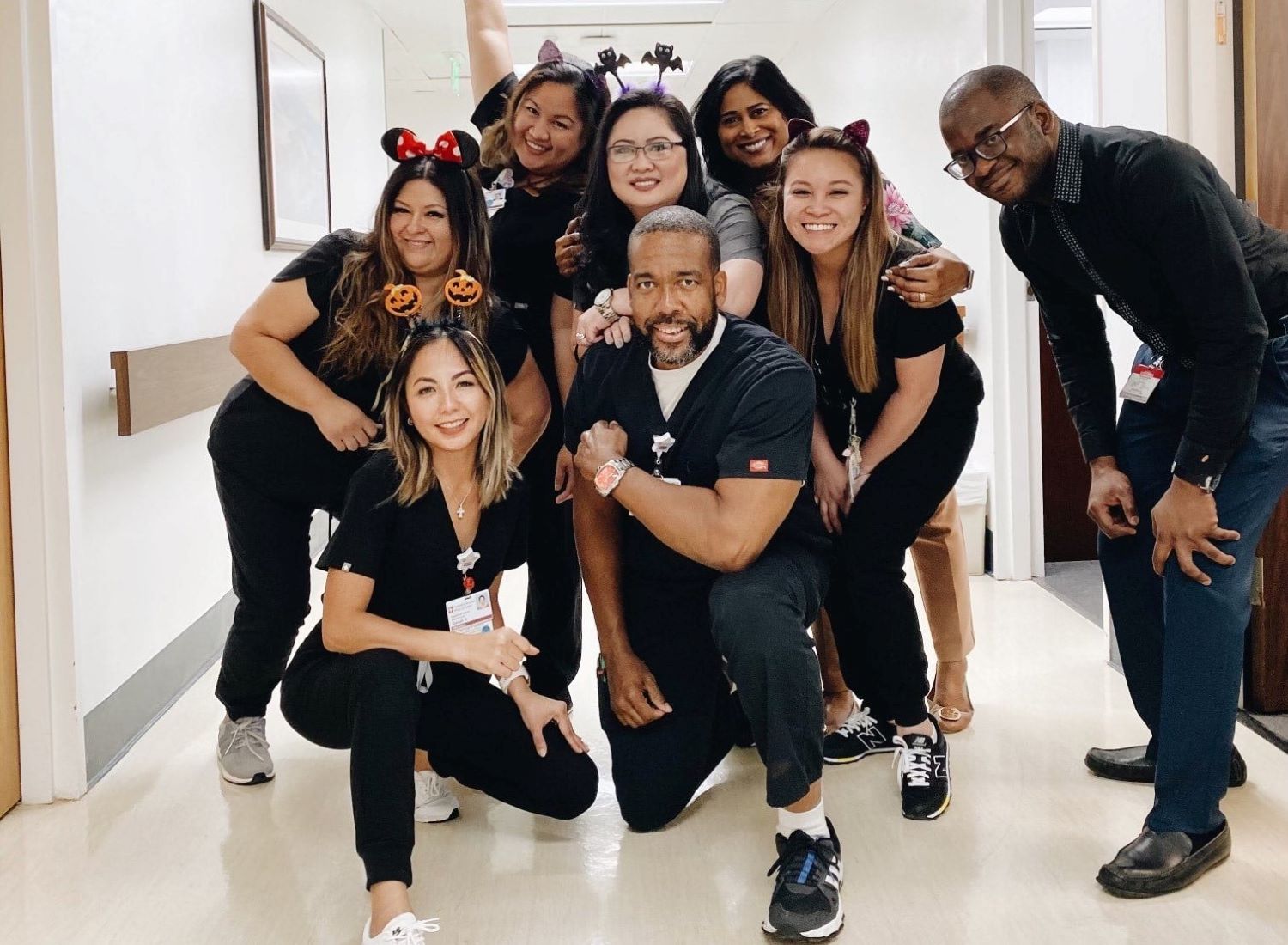
“What I’ve found is many health systems do not concentrate on managing Medicare patients. They mostly concentrate on having easy revenues from commercial health plans. Because of their market presence, they can negotiate better contracts with indemnity health plans. That’s where they get the margins,” Reddy stated.
When he took over Desert Valley Hospital in 2001, the health plan contracts had not been re-negotiated for a long time. Then he looked at Blue Cross, which was the biggest relationship, and he discovered that they were losing money from these contracts. “The more you do, the more you lose. I decided that if they didn’t give a competitive, fair market rate, I would cancel the contract. We were forced to cancel contracts for managed care for almost five years,” he said.
In doing so, they focused on making the emergency department really efficient, cutting the waiting time and length of stay, and increasing quality and patient satisfaction. At the same time, they attracted a lot of Medicare patients. A substantial number of them needed hospitalization because they were sicker. As he explained, if you document their illnesses accurately, your case-mix indices go up, and of course, your reimbursement goes up, and more importantly, your quality metrics go up.
“That’s how we changed the dynamics. When we became 10, 15, 20 hospitals, health plans agreed to offer fair rates, and now we have contracts with every managed care player,” said Reddy. Unfortunately, standalone hospitals do not have the strength to counter powerful health plans or their boards don’t take the risk. In his opinion, hospitals also have to be ready to become extremely efficient in order to stay viable without contracts, and that is a significant challenge.
Leverage AI and Data for Performance Improvement
There was a time in American healthcare history when leveraging data for continuous clinical and financial performance improvement has never been more critical, the leaders of some organizations are already exhibiting tangible outcomes from early investments in data analytics for performance improvement. Understanding that fact, Prime soon became a data-driven company heavily focused on performance and outcomes.
As AI relates to its core, Prime leverages anything technology-based to capture information more in real-time rather than retroactively. For instance, in 2018, it partnered with CMS (The Centers for Medicare & Medicaid Services) around bundled payments. The system wanted to make sure we delivered good care while keeping utilization management within CMS goals, so it did a lot of analysis of post-discharge utilization.
With the support of CMS, the patient-monitoring tool would help Prime share information with its post-acute providers, physicians, skilled nursing facilities, and home health to track patient utilization. In this way, the system was able to create rules to help its team focus on areas of opportunity. As a result, it was very close to its predicted impact around utilization from a cost perspective, nearly at 98-percent accuracy.
“What we did is that before we launched this program with CMS, we looked at the historic spending of all our patients in every geographic area, and of each clinical episode. How much would a congestive heart failure patient historically spend over the past three years, for example? And in our post-acute network, we can leverage our presence. And as claims start coming from CMS, we start analyzing. We track the utilization using our AI tool and also marry the information from claims as well.” said Ahmad Imran, M.D., vice president of value-based care at Prime Healthcare.
According to Imran, the data also gave Prime an opportunity to say where it could further refine this process in years to come. They were able to see if there were cases where our utilization was high and figure out how we could leverage our presence, through care management, so they can manage patients, keeping quality at the forefront as well. The biggest challenge has been bringing everyone onto the same page as they have different sources of reimbursement. The system wanted to make sure it was treating the patient right without breaking the bank.
When it comes to the biggest lessons learned overall, Imran stated that the better partnership they can have with its post-acute network, the better they can do. “Anyone who’s performing better according to CMS’s standards will also help us in terms of performance, so it’s to establish a partnership with the post-acute-care providers that can demonstrate better outcomes,” he said.
Never Forget the Importance of Education
Reddy is known as a person who attaches great importance to education, evidenced by his contributions to education for society. Reddy and his family founded the Reddy Family Foundation, a non-profit foundation that has donated millions to charities supporting healthcare and education, providing life-changing opportunities to a generation of future caregivers. There are scholarships for aspiring students enrolled in education programs leading to careers in the medical field.
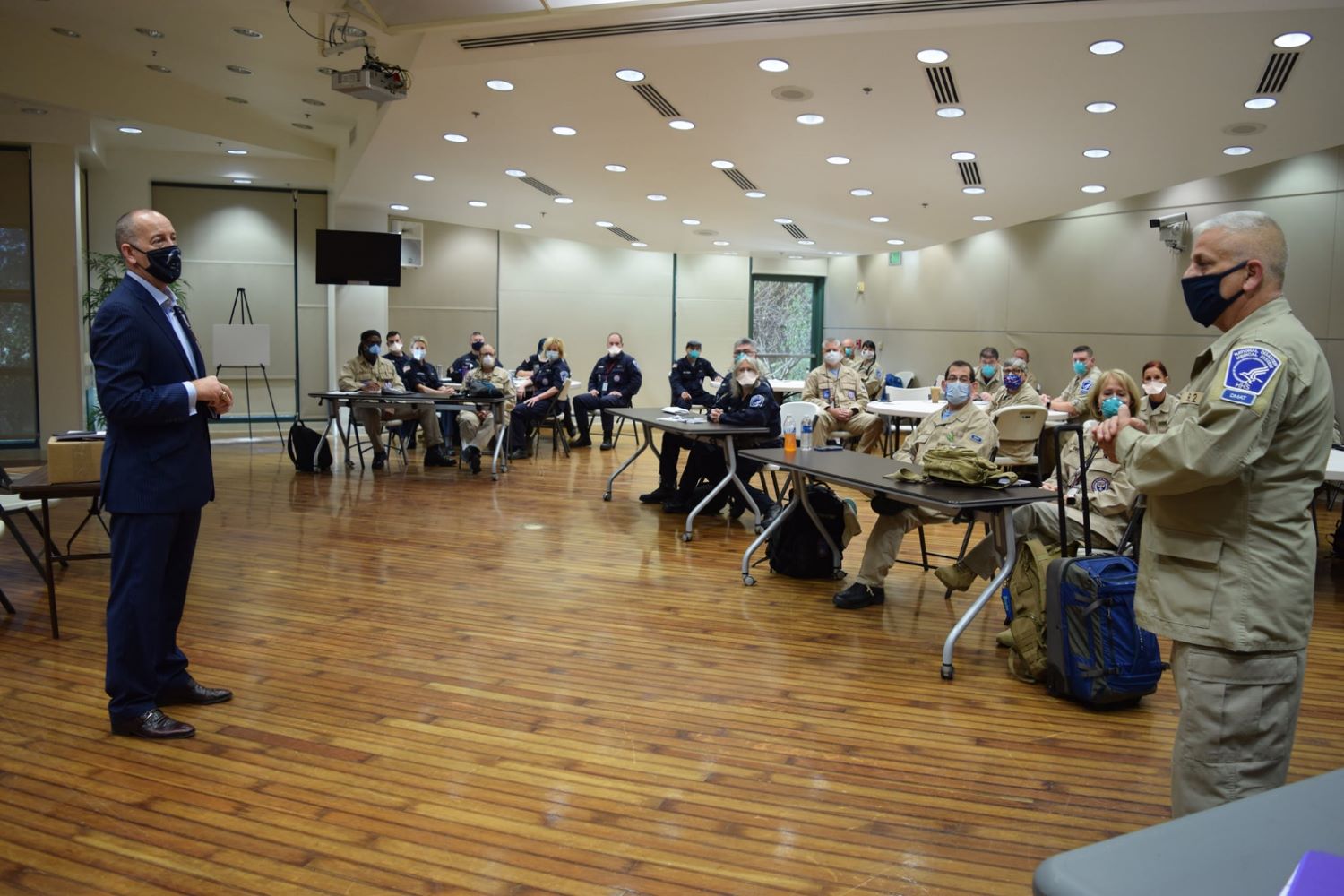
The scholarship program has helped students overcome their financial burden to fulfill their dreams of impacting society with their clinical acumen. The physician shortage had real consequences on the health of residents in underserved communities. Reddy is a big believer in empowering the mind with education to serve the community better. He believes that well-trained medical professionals can make a greater impact on society through innovative medical education programs, research, and training
The education for physicians in place within the health system is no less important to Reddy. As he said, “What actually happened is that Prime painstakingly educated doctors to document every last complication or condition relevant to the patient’s treatment, in part to improve care, but also to be paid as much as we are legally entitled to.”
“Many physicians understand quality, but they don’t understand the cost,” Reddy said. Therefore, Prime obsessively studies CMS billing and coding requirements and educates physicians about clinical documentation. It encourages physicians to code for a specific type of heart failure, rather than the more general congestive heart failure. “We have to give them the tools to understand those metrics. What it does is standardize the quality of care,” he explained.
The Bottom Lines
As an ardent advocate of learning new skillsets, Reddy encouraged medical leaders to assume responsibilities of multiple tasks in a care facility. That proactive work culture enabled effective time management and better patient serviceability, making the healthcare venture became profitable and leaving lessons for many of today’s healthpreneurs.

